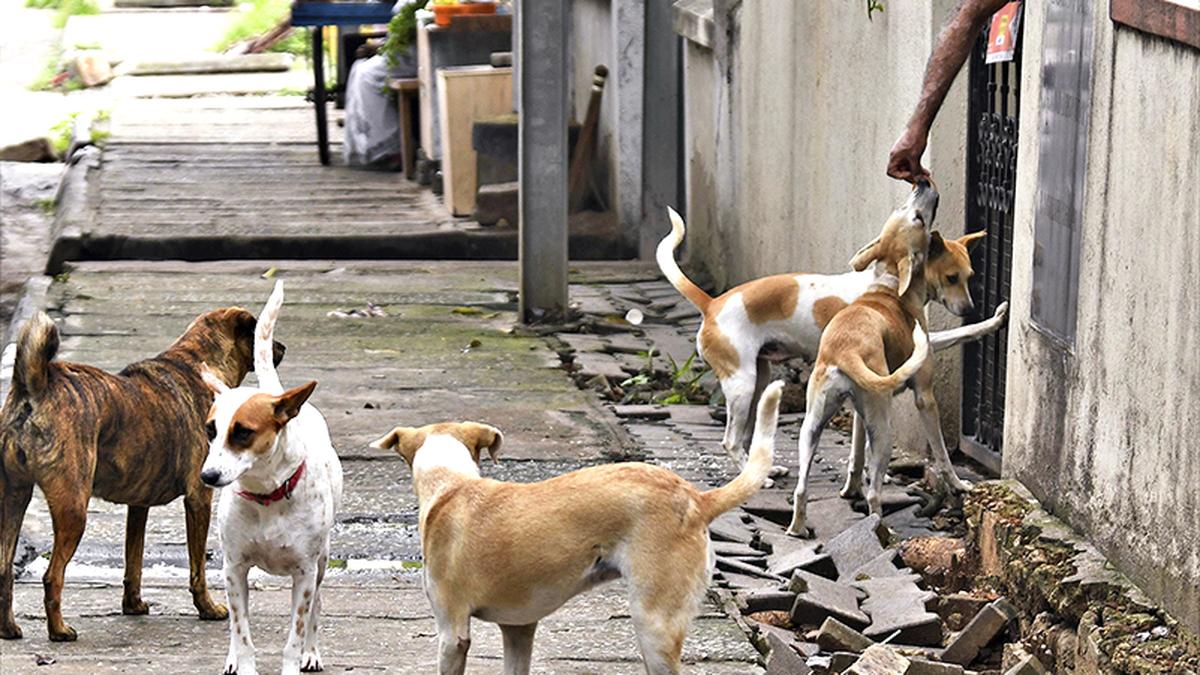
Paws-itive encounters: Best practices in dealing with stray dogs and preventing conflicts Premium
The Hindu
The death of an elderly woman in an attack by a pack of stray dogs has not only jolted the authorities into action, but also triggered a deluge of misinformation, calls for relocation of stray dogs, and instances of aggression towards dog feeders. What can authorities, communities and individuals do to approach such issues with sensitivity and avoid instances of conflict?
Manjunath (name changed), who does door-to-door garbage collection every day at an upscale residential layout in R.T. Nagar, makes it a point to feed the stray dogs in the area every morning.
“The sound of the pickup truck is breakfast call for the dogs,” he laughs.
“Strays from the 3rd Main road gather at a place a little away from the street, while dogs from the first and second streets follow me till the junction of the roads where they are fed. No conflicts, no fight for food,” he says.
However, recently, he was interrupted by one resident who threatened to complain to higher officials if he continued doing it.
“She was scared the dogs would attack the children although no such thing has happened in the area till now,” says Manjunath who continues to feed the dogs.
The death of an elderly woman in an attack by a pack of stray dogs near Jalahalli has not only jolted the authorities into action, but also triggered a deluge of misinformation, calls for relocation of stray dogs, and instances of aggression towards dog feeders.
So, what is it that the authorities, communities and individuals can do to approach such issues with sensitivity and avoid instances of conflict?













